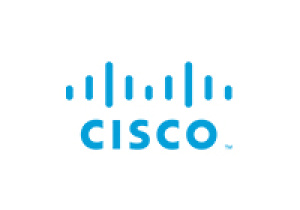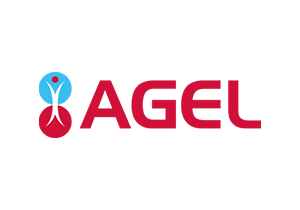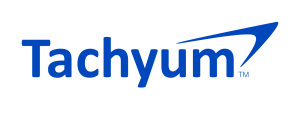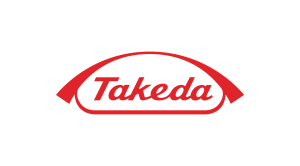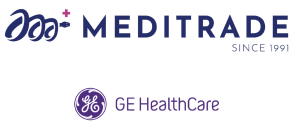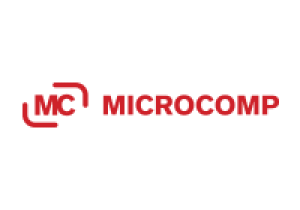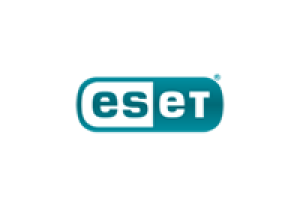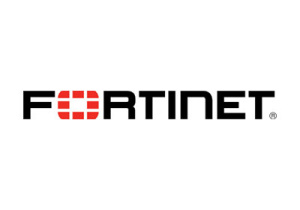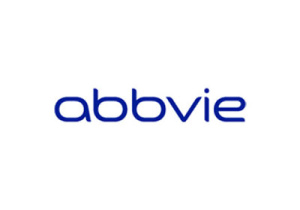Better and Faster Health Care

Although the medical profession is one of the most respected ones, there is an increasing need for doctors in Slovakia as well as in other European countries. As the population ages relatively fast, there will be an increasing demand for medical care. Will this put pressure to adopt new health technologies faster? Will new health care technologies change the way we know it today? Along with other interesting topics, ITAPA Congress 2019 will cover the topic of health care challenges and introduce experts in the field.
Cost reduction
Deployment of medical robots could lead to cost reductions in the future. Today we have robots that can successfully perform arthroscopy. Their cost is currently high, but over time production costs will fall and are likely to become a more common part of hospitals.
Diagnostics and deep learning
Many diseases are diagnosed on the basis of samples. The blood sample detects whether it was an infection, the tissue sample detects whether it is cancer. In all these cases, the physician must determine whether the sample follows the pattern sought.
Deep learning is a machine learning industry that uses algorithms inspired by the structure and function of the brain. Thanks to multiple layers it extracts various information from the submitted data which subsequently enables to recognize the formulas. It is deep learning that can be successfully used in diagnostics.
Detection of abnormal blood vessels in the eye helps to better diagnose diabetes and heart disease. Manual detection is a time-consuming procedure that can only be performed by an experienced physician. Deep learning can be used for a system that learns from segmented photos to segment blood coils in the retina. This computer diagnostics can process photos 10 times faster than an experienced ophthalmologist, while still maintaining high accuracy.
Computer tomography
Computed tomography (CT) is used to diagnose lung cancer. Visually, however, the benign and malignant lesions in CT are similar. Therefore, a CT scan cannot always provide a reliable diagnosis, even if it is done by an experienced radiologist with years of practice. Again, deep learning could help here too.
X-ray
As in previous cases, pathological patterns need to be recognized in X-rays. Would it be possible to use deep learning to "read" X-rays? Probably yes. It is possible that in the future many of the medical processes performed by humans will be the domain of intelligent machines that we will learn to recognize patterns and perform simple operations. Doctors will then be able to concentrate on more complicated operations and better treatment settings. Deep learning algorithms sound promising, but we are just at the beginning. However, it is clear that artificial intelligence tools can fundamentally help doctors to make accurate diagnoses quickly.


